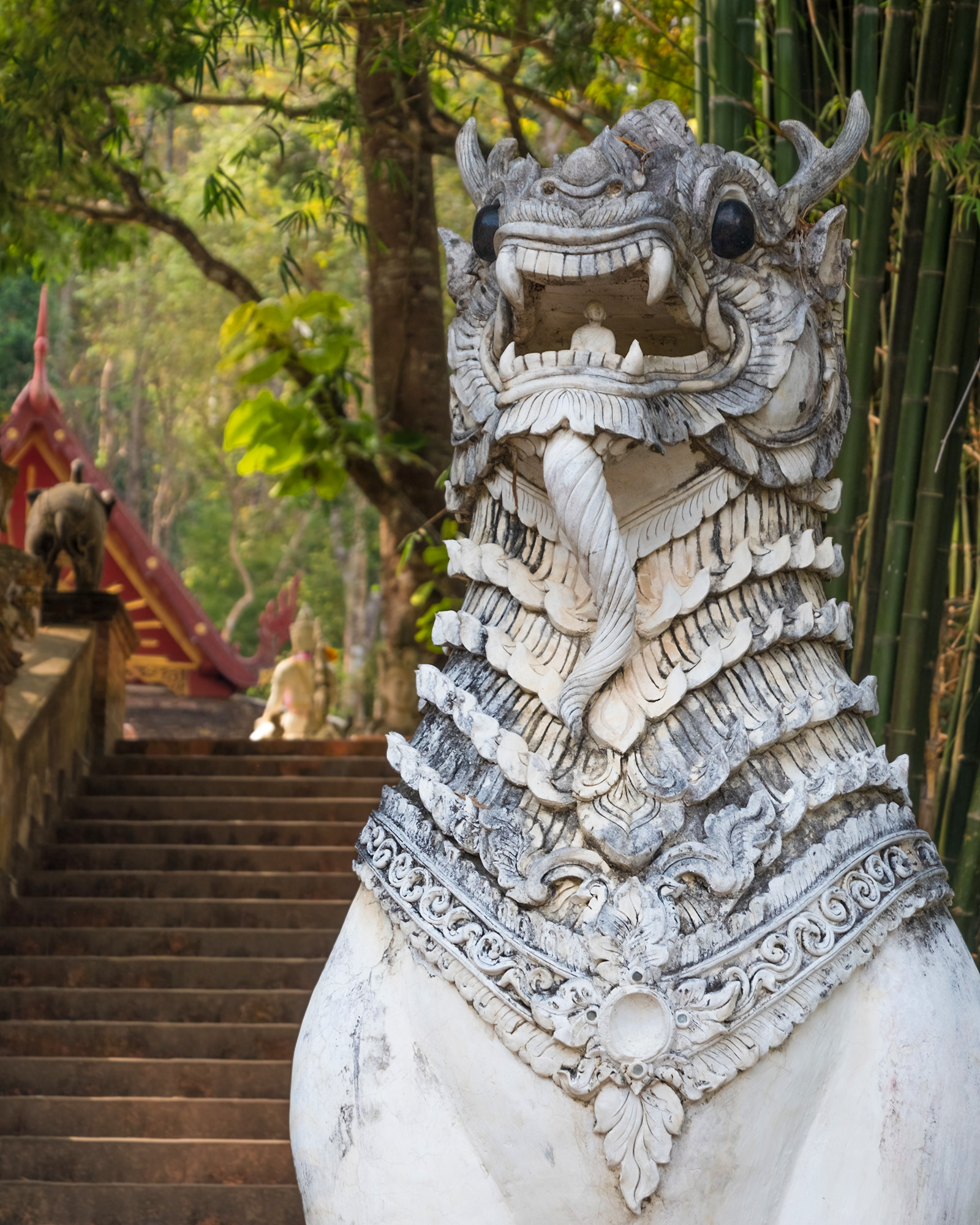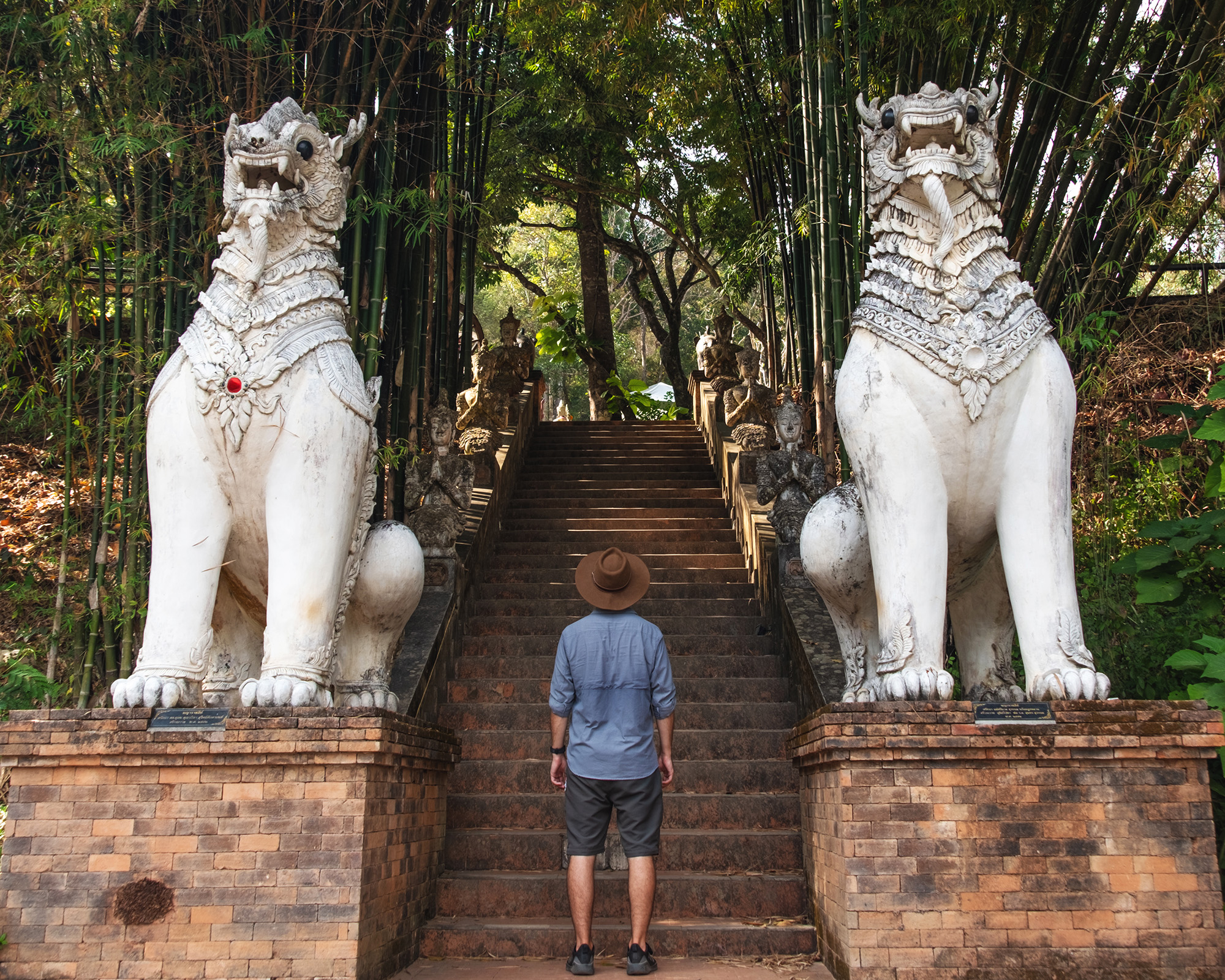
CHIANG MAI
Chiang Mai – The Gateway to the north
Southern Thailand offered crystal clear waters, beautiful beaches, great diving, picture postcard perfect sunsets and a great atmosphere to meet fellow travelers. What it lacked, was the feeling of connection to Thai culture and its people for that matter. This is mostly because in the South, there are more tourists, expats and Burmese workers than there are Thai locals. Not that I did not enjoy my time soaking up the sun with a Chang beer in my hand most days. But, it was time to go see the more cultural and “authentic” part of Thailand, the North.
I had heard amazing things about Chiang Mai, nothing specific, but simply from people telling me about how much they loved being there and preferred it to the hectic streets of Bangkok. Founded in 1296, Chiang Mai is the largest city in northern Thailand with a population of 1.2 million and spreads out in a valley with Doi Suthep mountain rising high above it to the west. Most tourists will stick to the Old City area, which quite literally is where the original city once stood. A square, moated area with walls and five gates enclose this area that features many ancient temples, such as Wat Chiang Man, which was built the year the city was founded. When I arrived I expected to be able to walk the streets of the Old City and feel the history around me, as I did when traveling to other parts of the world with old cities such as Peru, Colombia and Croatia. How disappointed I was when realizing that nothing really differentiates the old city from the new other than its temples, sandwiched between 7 Elevens, massage parlors, houses and restaurants. However, I tried not to look at it through the eyes of someone who has traveled elsewhere and spent the first couple of days walking the streets, to the chagrin of many Tuk Tuk drivers, visiting the ancient temples, called Wats in Thai, taking in the beautiful gilded golden pagodas, watching as monks went about their daily routines. Sitting on a bench at Wat Chedi Luang, with only a dozen other tourists around, the large 15th century brick chedi rising 60m above me with its stone elephants and naga (mythical serpents) standing guard, watching monks dressed in orange robes walking about, I felt I was finally catching a glimpse of the Buddhist history that is so intertwined with Thailand.
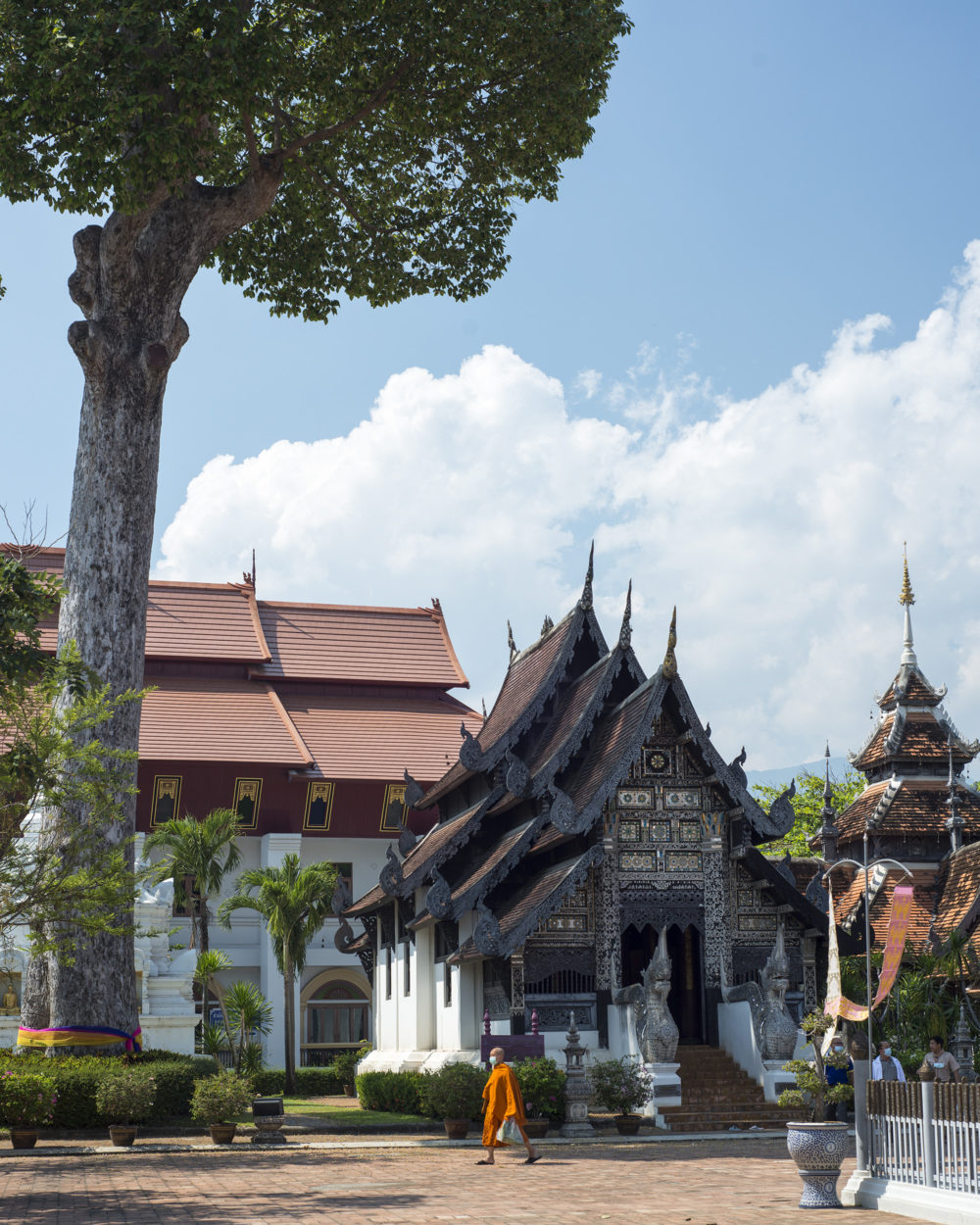
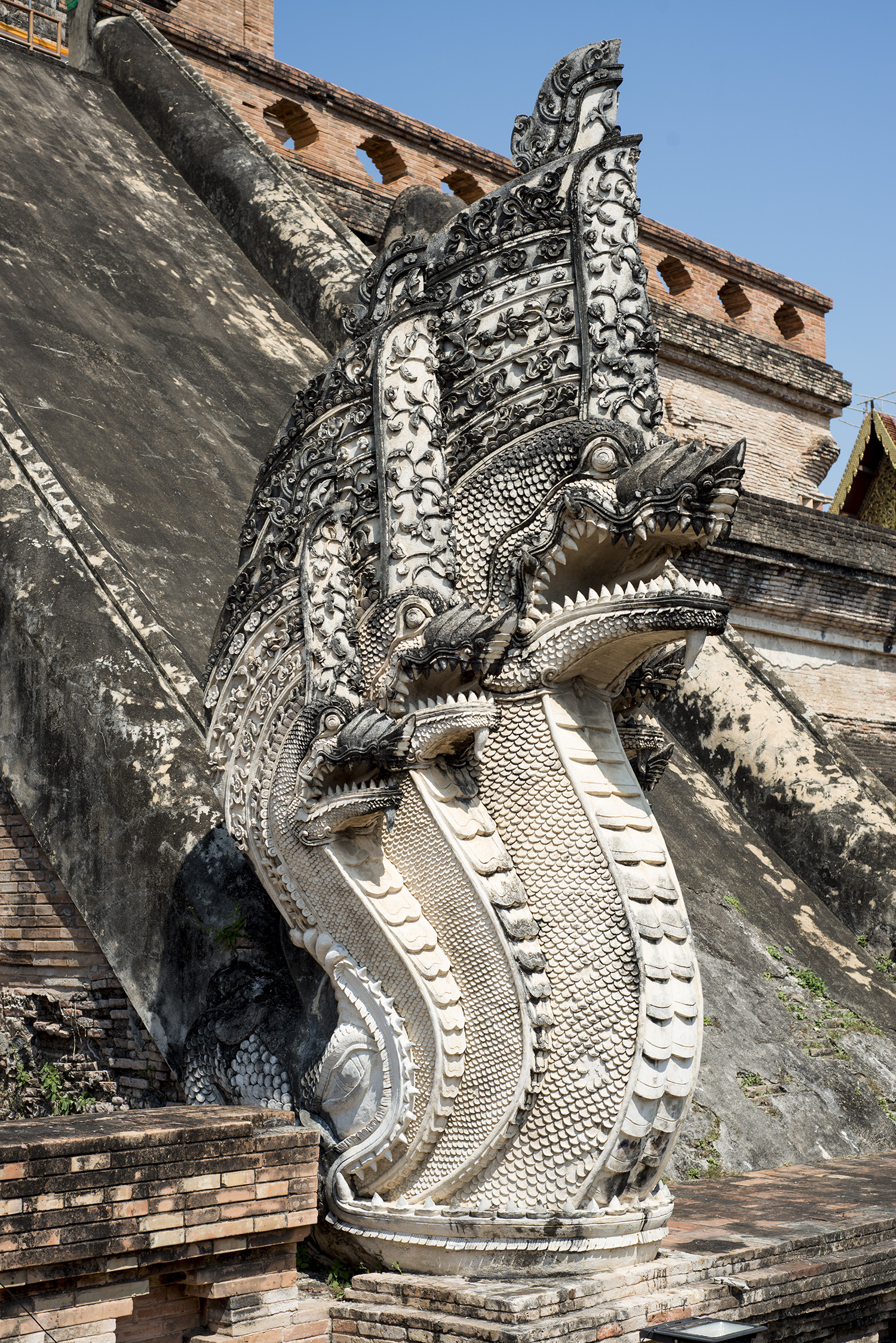
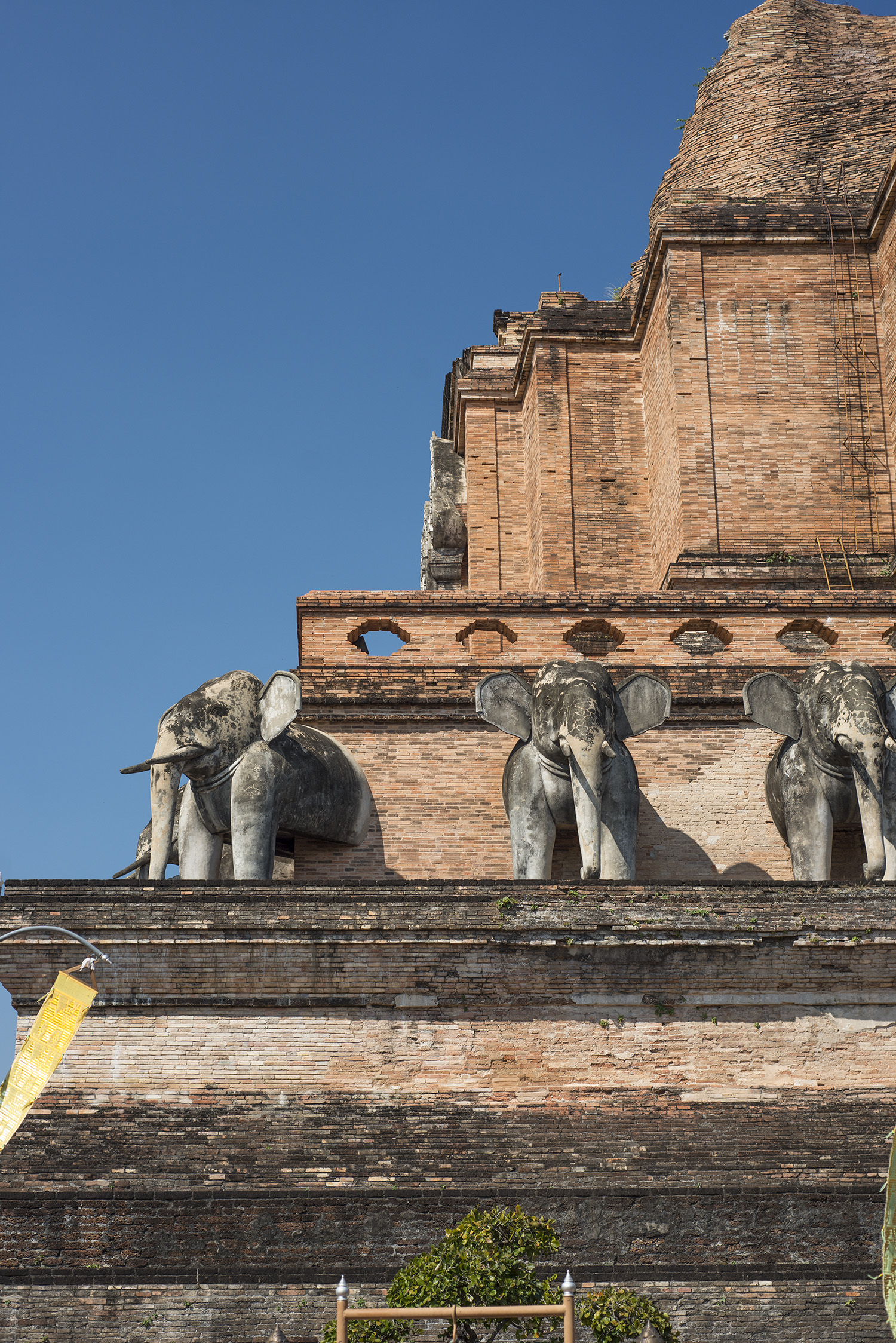
Chiang Mai is a busy city and although tourism has decreased a lot, its local community featuring many expats has allowed for businesses to weather the storm of the last two years. The brunt of the pandemic has affected mainly the bustling markets that relied on the hoards of tourists to sell their wears. This became that much more obvious to me when I decided to walk to the Night Bazaar a daily night market with food stalls and shops selling souvenirs, at least that what the photos on Google Maps showed me as I excitedly made my way from my hotel. When I arrived, I thought that perhaps I had not walked to the right place, or that it may be inside a building that I just couldn’t see. But no, this was it, closed up shops, a handful of stalls selling clothes and trinkets and five food carts selling stuff I wasn’t that enthused by. Though disappointed, I walked around a bit and stopped at a restaurant close by where I got to taste Khao Soy, a rich Thai coconut curry soup that is loaded with flavor and makes you strongly consider ordering seconds. This set me down the path to minor addiction, as it does with so many who visit the north.
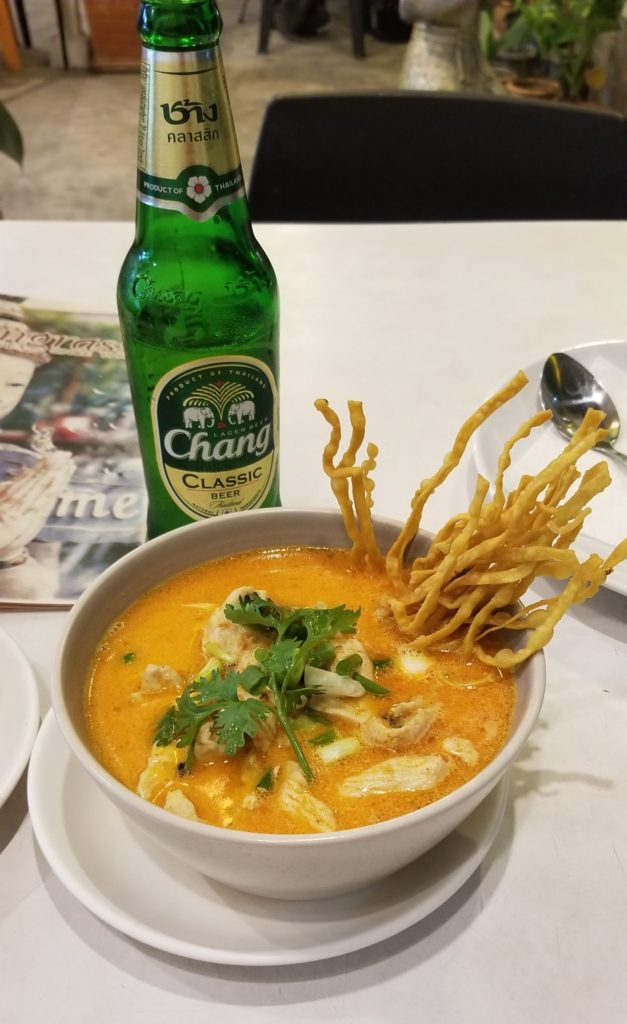
Thai Massage – The neon sign to Chiang Mai’s less spoken truth
It is a well known fact that Thailand is home to a huge sex tourism industry, the term “happy ending massage” synonymous with Thailand, unfortunately. I knew that this was common in places such as Phuket, where many who go immediately begin to notice the large amount of old white men walking around with a Thai woman a fraction of their age, or in Pattaya, the sin city of Thailand. But as I walked down back down the road to my hotel, I have to admit I was quite surprised at the sheer amount of neon signed “massage” shops there were, all of which had a scantly clad woman yelling across the street to me to come over for a massage, and when ignored would continue to hoot and hollar to get my attention. I counted six of them on the ten minute walk to my hotel. The more I walked around Chiang Mai, the more I noticed the sheer amount of these massage places. To the point where when I actually wanted to get a massage, as I had when visiting the islands, I had no clue what place actually offered massages. I had expected this from the places I mentioned or Bangkok, but hardly from Chiang Mai, where all you hear and read about is a quaint city in the North with good food, rich culture and history. Clearly, it seems better for the guide books to sweep this part of the city under the rug. Now I am far from a prude and can understand that it is also part of the “culture” here, albeit a much darker one, but when you have to dodge these places on almost every other street, it becomes an annoyance more than a novelty.
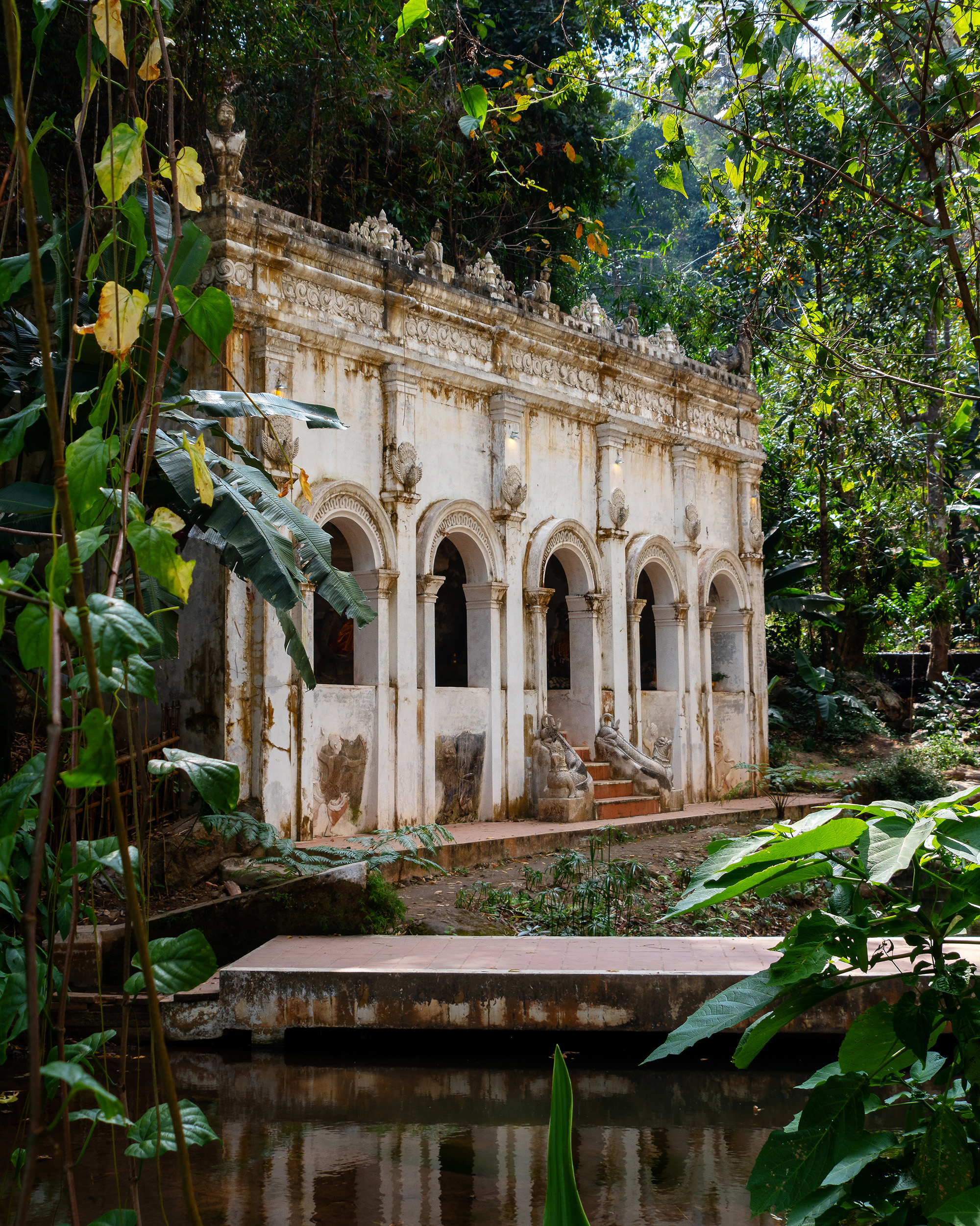
Wats, wats and more wats
Temples are at every corner in Chiang Mai, and much like the cathedrals of South America, once you’ve seen a few, they lose their lustre. However, as I searched for things to do in the city, I found a temple that could be reached by hiking a monk’s trail, and after days in the city, a hike in the woods seemed like a great plan. It only took 45 minutes, but with the heat and humidity I still ended up drenched as I walked through the opening in the forest and Wat Phat Lat revealed itself to me. Serenity is what comes to mind when trying to describe the temple grounds. A stream runs down from the mountain and pools next to one of the temple buildings, continuing down along a rock face to the jungle below. The sound water running and the wind rustling the leafs is all you hear as you walk the grounds. Not many tourists come here which make it that much better as you feel like you have the entire place to yourself and the handful of monks that live there. It was the one and only temple I saw during my entire stay in Thailand that genuinely gave off the peaceful and serene energy that one would expect from ancient places of worship.
